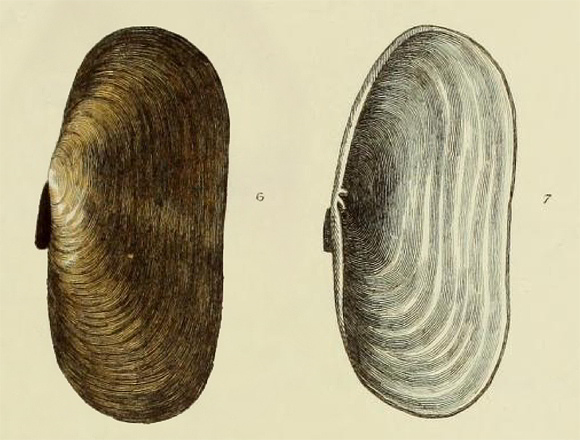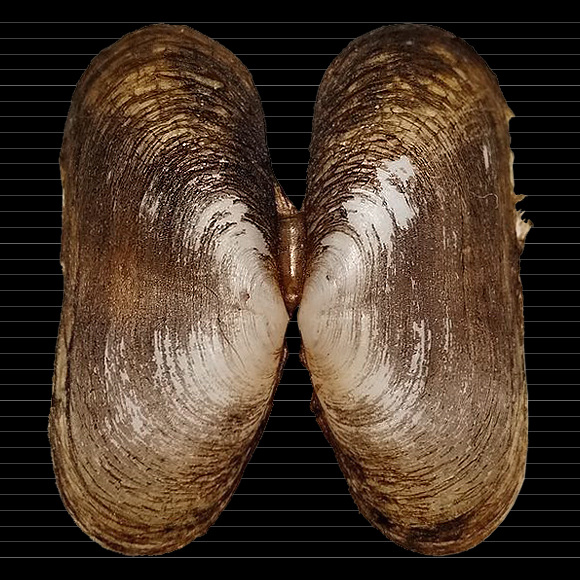
Above and below: a specimen from Cres island, Primorje-Gorski Kotar Comitat, NW. Croatia. 34mm. Original pictures provided by M. Costanzi (IT) – (CC BY-NC-SA).
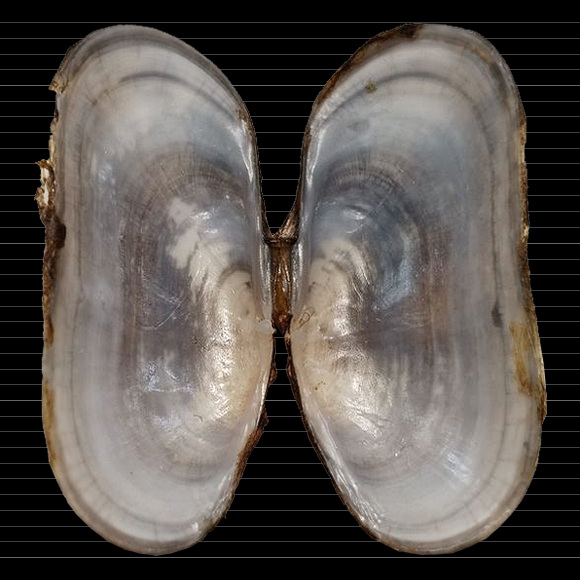
Synonyms: antiquatus, emarginatus.
There is a variant named “transversa”.
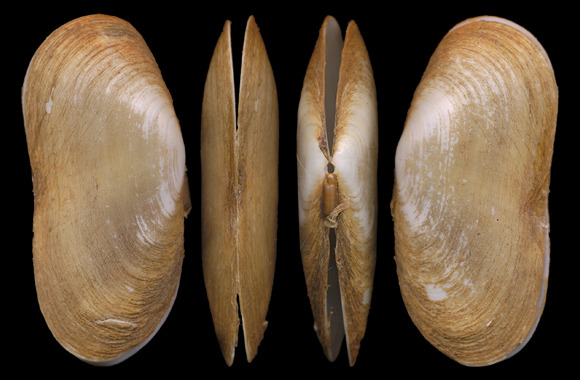
« This shell is strait and broad, but much longer than the genus of Solens commonly are, and in that respect approaches to the Chama; generally about two inches broad, or from end to end, and about one inch in length, or from the hinge to the opposite margin. It is thin, brittle, glossy, whitish, and near transparent, with extreme fine concentric striae, and has a very thin brownish epidermis; of an oblong-oval shape; the ends rounded and gaping, but the bottom margin is somewhat sinuous or serpentine. The hinge is near central, with a pointed tooth in each valve, that lock together. All the margins are plain, and the inside is smooth and whitish. » – E. Mendes da Costa: British conchology, London 1778, p.238-239.
25m deep, Almería, Andalucia, S. Spain. 32,2mm.
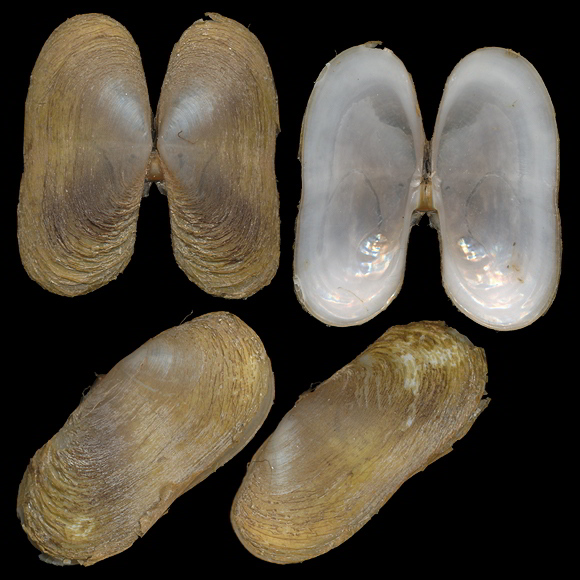
Da Costa, p.239: « This species borders on the Chama, and connects the genera, for which reason I have named it Chama-Solen. It is very rare on the English coasts. »
Specimens from central Mediterranean.
12m deep, on sediment layer at base of pebble-slope, Vouliagmeni marine lake, west of Perachora, Loutraki area, N. Korinthia, Greece. 28-30,5mm.
